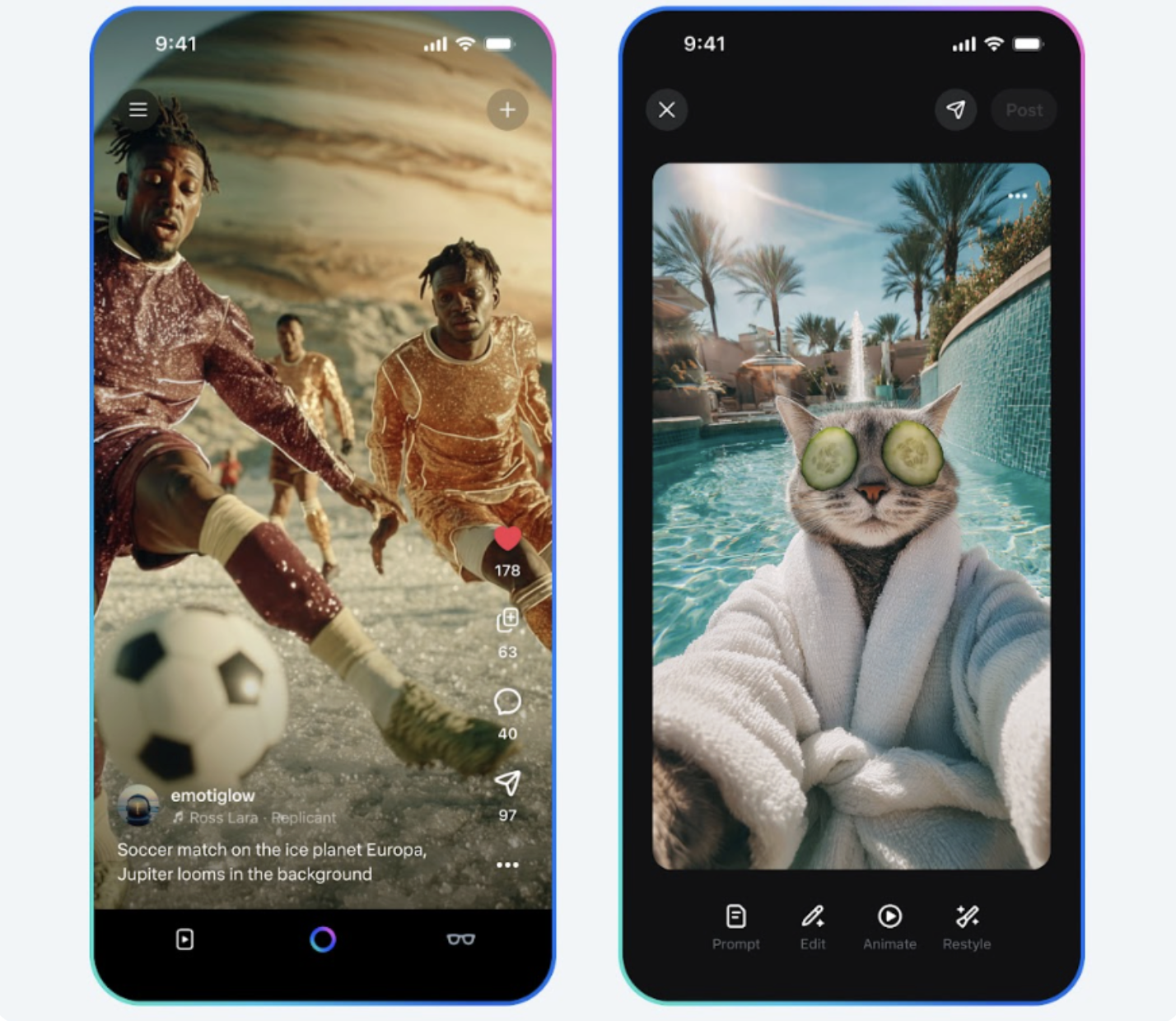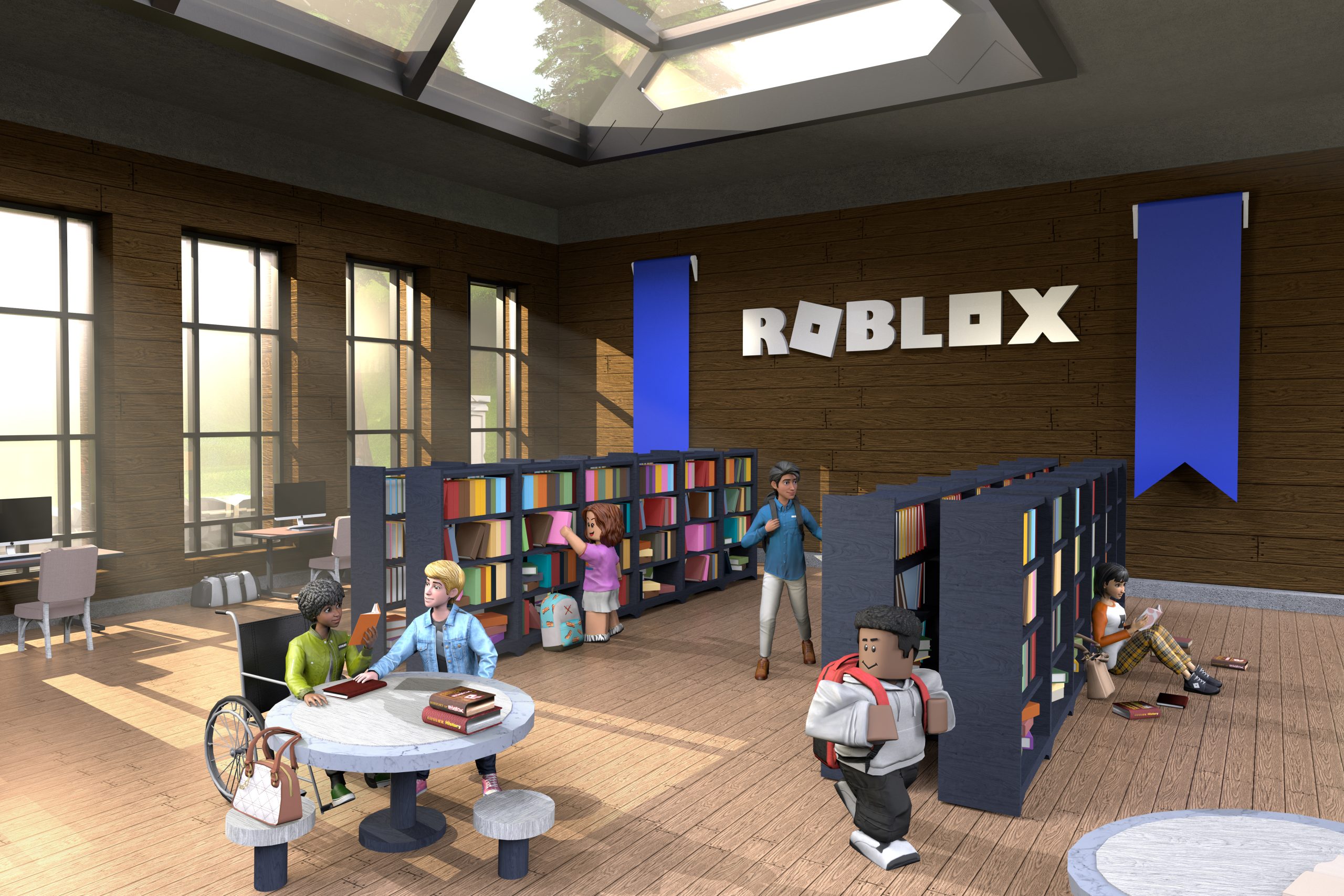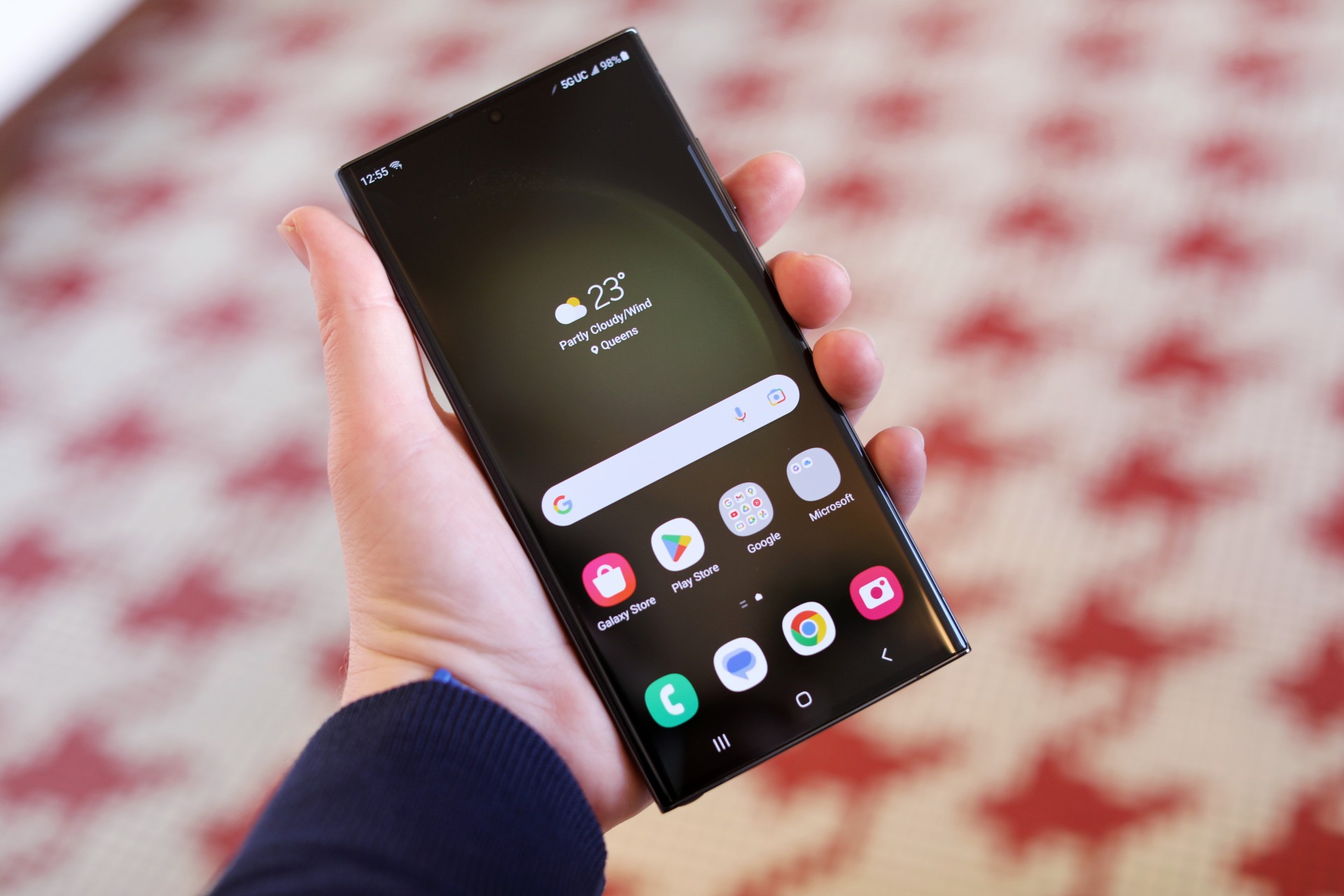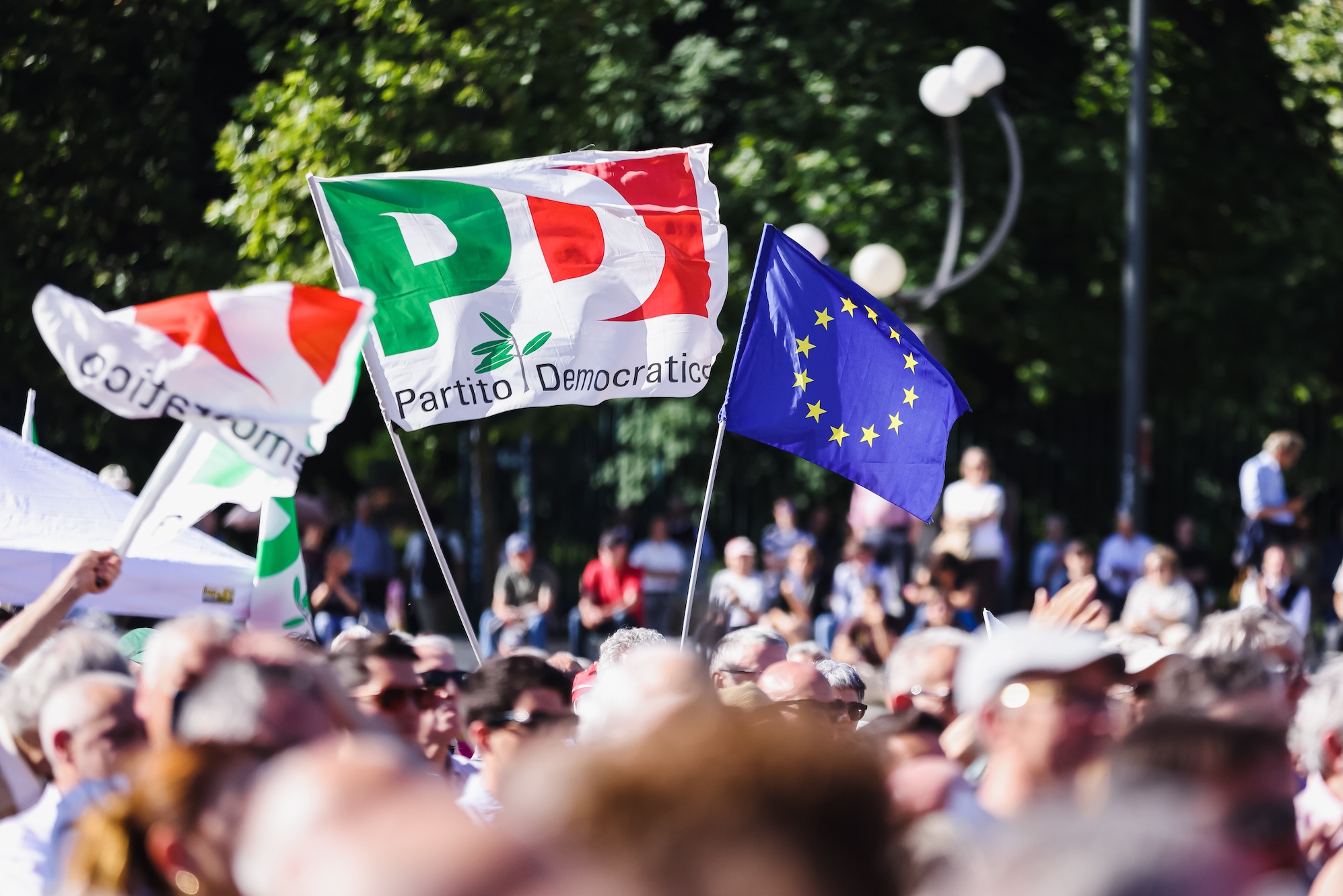
Meta Platforms has officially expanded the availability of Vibes, its innovative short-form video feed composed entirely of artificial intelligence-generated content, to users across Europe. The introduction of Vibes within the Meta AI application marks a significant step in the company’s ambitious strategy to integrate AI deeply into its social media ecosystem, presenting a novel approach to digital content creation and consumption. Unlike conventional platforms such as TikTok or Instagram Reels, where user-generated human content predominates, Vibes offers a curated stream of videos produced entirely by artificial intelligence models, challenging traditional notions of online expression.
The Genesis of AI-Generated Video and Meta’s Strategic Pivot
The European rollout follows a six-week trial period during which Vibes was exclusively available to users in the United States. This staggered launch strategy allowed Meta to gather initial user feedback and refine the platform’s algorithms before a broader international deployment. The timing of Vibes’ initial unveiling in the U.S. coincided closely with a major development from another AI titan: OpenAI’s release of Sora. Sora, a powerful text-to-video model, quickly garnered attention for its ability to generate highly realistic and complex video sequences from simple text prompts, signaling an intensifying race among technology companies to dominate the burgeoning field of generative AI media. OpenAI also launched its own social media platform designed specifically for the creation and sharing of these sophisticated AI-generated videos, setting up a direct competitive landscape for Meta’s Vibes.
Meta’s foray into AI-generated video is not an isolated initiative but rather a key component of a larger, overarching vision championed by CEO Mark Zuckerberg. For years, Meta has invested heavily in artificial intelligence research and development, viewing AI as the foundational technology for its future, from personalized content recommendations to the ambitious metaverse project. The company has been steadily integrating AI across its family of applications—Facebook, Instagram, and WhatsApp—to enhance user experience, improve advertising targeting, and combat misinformation. The introduction of Vibes, a platform dedicated solely to AI-generated video, represents a bold escalation of this strategy, positioning Meta at the forefront of a new era of synthetic media.
Understanding Vibes: Creation, Customization, and Community
At its core, Vibes is designed to be an accessible and dynamic platform for AI-powered video creation and sharing. Users can generate short-form videos using simple text prompts, instructing the AI to create specific scenes, characters, or narratives. This text-to-video capability democratizes video production, theoretically enabling anyone with an idea to become a content creator without needing specialized equipment or editing skills. Beyond initial generation, Vibes encourages a highly interactive and collaborative creative process. Users can "remix" existing AI-generated videos, adding new visual elements, layering in different music tracks, or adjusting stylistic parameters to match their individual artistic preferences.
Meta emphasizes that Vibes is built around a "social and collaborative creation experience." The platform is designed to foster a sense of community where users are encouraged to co-create and build stories together. Videos can be shared directly within the dedicated Vibes feed, sent privately to friends, or seamlessly cross-posted to other Meta properties like Instagram Stories and Reels. This interoperability ensures that content generated on Vibes can reach a broader audience within Meta’s vast user base, leveraging the network effects of its established platforms. The personalization aspect is also a key feature, with Meta stating that a user’s feed will progressively adapt and become more tailored to their interests over time, a common algorithmic approach seen across modern social media platforms.
The "AI Slop" Dilemma and Meta’s Conflicting Stances
The launch of Vibes, particularly its U.S. debut, was met with a degree of skepticism and outright criticism from some users. Comments on Mark Zuckerberg’s announcement post reflected a sentiment of resistance, with phrases like "gang nobody wants this" and "Bro’s posting ai slop on his own app" becoming popular. The term "AI slop" has emerged within digital discourse to describe low-quality, mass-produced, and often unoriginal content generated by artificial intelligence. Critics argue that such content lacks the authenticity, nuance, and human touch that often defines engaging social media interactions.
This user reaction highlights a curious paradox in Meta’s broader content strategy. Earlier in the same year, Meta had publicly announced initiatives aimed at "tackling unoriginal content" on platforms like Facebook, advising creators to prioritize "authentic storytelling" over short videos offering little value. Similarly, other major platforms like YouTube have voiced concerns about the proliferation of "mass-produced and repetitive videos," signaling a proactive stance against content perceived to dilute platform quality. The move to embrace an entirely AI-generated video feed, therefore, seems to be at odds with Meta’s previously stated commitment to originality and authenticity. This apparent contradiction raises questions about the company’s long-term vision for content quality and the balance it seeks to strike between human and synthetic creation.
Market and Competitive Landscape: A New Frontier
The emergence of platforms like Vibes and Sora signals a pivotal moment in the digital media landscape. The ability to generate high-quality video content with minimal effort has profound implications for creators, advertisers, and consumers alike. For creators, AI tools offer unprecedented speed and scale, potentially lowering the barrier to entry for video production. However, it also raises concerns about intellectual property, the ethical sourcing of training data for AI models, and the potential displacement of human creative roles.
The competitive pressure in the AI video space is intense. Beyond Meta and OpenAI, numerous other companies, from startups like Pika Labs and RunwayML to tech giants like Google with its extensive AI research, are actively developing and refining AI video generation capabilities. This intense competition is driving rapid innovation, but also raises questions about market saturation and the sustainability of platforms built solely on AI-generated content. The race to capture user attention and creative talent in this new frontier will likely shape the future of digital entertainment and advertising.
Social and Cultural Implications: The Blurring Lines of Reality
The widespread adoption of AI-generated video platforms like Vibes carries significant social and cultural implications. One of the most pressing concerns is the blurring of lines between authentic human-created content and synthetic media. As AI models become more sophisticated, distinguishing between real and AI-generated video will become increasingly challenging. This could exacerbate issues such as misinformation, deepfakes, and the erosion of trust in digital media. While Meta and other platforms are developing detection mechanisms and content labeling policies, the arms race between AI generation and detection is constant.
On the other hand, proponents argue that AI-generated video can unlock new forms of creative expression and storytelling. It offers individuals and small businesses the ability to produce compelling visual content that was once the exclusive domain of professional studios. This democratization of content creation could lead to an explosion of diverse narratives and artistic styles, fostering innovation in unexpected ways. However, there is also the risk of algorithmic homogenization, where AI models, trained on existing data, might inadvertently perpetuate biases or lead to a proliferation of visually similar content, stifling true originality.
The European context is particularly relevant for the rollout of Vibes. The European Union has been a global leader in AI regulation, with its landmark AI Act designed to establish comprehensive rules for the development and deployment of AI systems. This regulatory environment places a strong emphasis on transparency, accountability, and the mitigation of risks associated with AI, particularly in areas concerning fundamental rights and consumer protection. Meta will need to carefully navigate these regulatory requirements, ensuring that Vibes adheres to strict standards regarding data privacy, content moderation, and the ethical use of AI.
Meta’s Long-Term Vision and the Path Ahead
Despite the initial mixed reception and the inherent challenges, Meta remains bullish on its AI strategy. The company reports a significant increase in media generation within the Meta AI app since its launch, suggesting a certain level of user engagement, even if public sentiment remains divided. This data likely reinforces Meta’s conviction that AI-generated content has a viable future within its ecosystem.
The long-term success of Vibes will depend on several critical factors. User adoption will be paramount, requiring Meta to convince a broad audience that AI-generated content offers unique value and a compelling experience. Content moderation will be a continuous challenge, as the platform must balance creative freedom with the need to prevent the spread of harmful or inappropriate AI-generated material. Addressing ethical concerns surrounding data sourcing, intellectual property, and potential biases will also be crucial for maintaining public trust and regulatory compliance.
Ultimately, Vibes represents a bold experiment by Meta, pushing the boundaries of what social media can be. It is a testament to the company’s commitment to AI innovation, even if it means venturing into uncharted territory that challenges conventional wisdom about content authenticity and user preferences. The platform’s journey in Europe will serve as an important case study, offering valuable insights into how users interact with, perceive, and ultimately embrace a world increasingly shaped by artificial intelligence.




